Home>Furniture & Design>Outdoor Furniture>How To Fix Outdoor Furniture
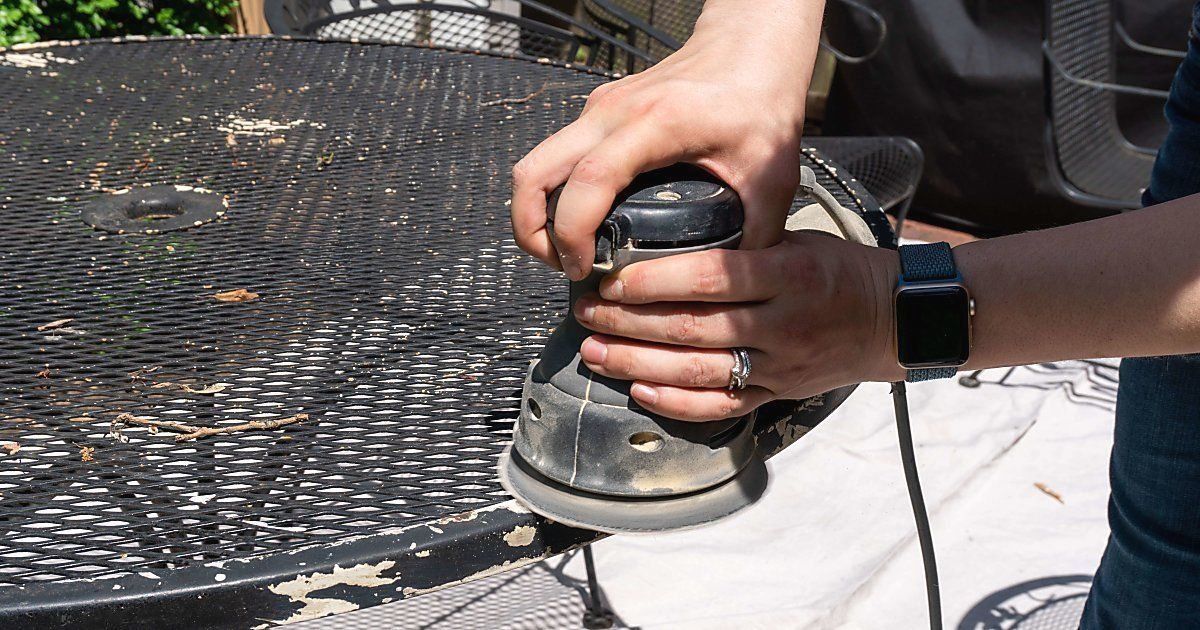

Outdoor Furniture
How To Fix Outdoor Furniture
Published: January 15, 2024
Discover expert tips on how to fix outdoor furniture and enhance your outdoor space with our furniture and design solutions. Transform your outdoor living experience today!
(Many of the links in this article redirect to a specific reviewed product. Your purchase of these products through affiliate links helps to generate commission for Storables.com, at no extra cost. Learn more)
Introduction
Outdoor furniture adds functionality and style to any outdoor space, whether it's a sprawling backyard, a cozy patio, or a charming balcony. However, exposure to the elements can take a toll on outdoor furniture, leading to wear and tear over time. From weathering to accidental damage, outdoor furniture often requires maintenance and repair to ensure its longevity and aesthetic appeal.
In this comprehensive guide, we will explore the various steps involved in fixing outdoor furniture, equipping you with the knowledge and techniques needed to breathe new life into your beloved pieces. Whether you have a weathered wooden bench, a rusty metal table, or a wobbly chair, this guide will provide valuable insights into assessing, cleaning, repairing, and refinishing outdoor furniture to restore its functionality and beauty.
By the end of this guide, you will be well-versed in the art of outdoor furniture restoration, allowing you to tackle common issues with confidence and skill. Let's embark on this journey to revitalize your outdoor oasis, ensuring that your outdoor furniture remains a source of comfort, enjoyment, and visual delight for years to come.
Key Takeaways:
- Revitalize outdoor furniture by assessing, cleaning, repairing, and refinishing. Protect and maintain it with covers, regular cleaning, seasonal inspections, appropriate placement, surface protection, and annual maintenance.
- Restore outdoor furniture by assessing damage, cleaning, repairing broken parts, and refinishing the surface. Protect and maintain it with weatherproof covers, regular cleaning, seasonal inspections, appropriate placement, surface protection, and annual maintenance.
Read more: How To Fix Woven Outdoor Furniture
Assessing the Damage
Before diving into the repair process, it’s crucial to assess the extent of the damage to your outdoor furniture. This initial step allows you to identify the specific issues that need attention and determine the most effective course of action. Here are some key aspects to consider when assessing the damage:
- Material Condition: Evaluate the current state of the furniture’s material. For wooden furniture, look for signs of rot, warping, or splintering. Metal furniture may exhibit rust, corrosion, or structural weakness. Wicker and rattan furniture can show wear, tear, and unraveling. Understanding the material’s condition is essential for planning the appropriate repairs.
- Structural Integrity: Check for any structural issues such as loose joints, wobbling legs, or cracked frames. Assess the stability and weight-bearing capacity of the furniture to ensure it is safe for use.
- Hardware and Fasteners: Examine the condition of screws, bolts, and other fastening components. Loose or corroded hardware can compromise the stability and safety of the furniture.
- Surface Damage: Inspect the surface for scratches, stains, flaking paint, or other cosmetic imperfections. Understanding the extent of surface damage will guide the refinishing process.
By thoroughly evaluating these aspects, you can gain a clear understanding of the repair requirements for your outdoor furniture. This assessment sets the stage for targeted and effective restoration, ensuring that each issue is addressed with precision and care.
Cleaning and Sanding
Once you have assessed the damage and identified the areas that require attention, the next crucial step in restoring outdoor furniture is thorough cleaning and sanding. This process is essential for preparing the surface and ensuring optimal adhesion for subsequent repairs and refinishing. Here’s a detailed look at the cleaning and sanding process:
- Cleaning: Begin by removing any dirt, grime, or mildew that has accumulated on the furniture. Use a gentle soap or specialized outdoor furniture cleaner along with a sponge or soft-bristled brush to scrub the surfaces thoroughly. For stubborn stains, consider using a solution of water and white vinegar or a mild bleach solution for mold and mildew. Rinse the furniture with clean water and allow it to dry completely before proceeding.
- Sanding: After the furniture is clean and dry, sanding plays a crucial role in preparing the surface for repairs and refinishing. Use medium-grit sandpaper to smooth out rough or weathered areas, focusing on removing old paint, varnish, or sealant. Pay special attention to any chipped or splintered areas, ensuring that the surface is even and free of imperfections. Follow up with fine-grit sandpaper to achieve a smooth and uniform finish.
- Detailing and Smoothing: In intricate or hard-to-reach areas, such as decorative carvings or curved surfaces, utilize sanding sponges or detail sanders to ensure thorough and precise preparation. This step is crucial for maintaining the furniture’s aesthetic appeal and restoring its original charm.
By meticulously cleaning and sanding your outdoor furniture, you create a pristine canvas for the subsequent repair and refinishing processes. This foundational preparation sets the stage for seamless and durable restoration, ensuring that your furniture regains its luster and structural integrity.
To fix outdoor furniture, start by cleaning it thoroughly with a mild soap and water. Then, inspect for any loose or broken parts and tighten or replace as needed. Finally, apply a protective sealant to prevent future damage.
Repairing Broken Parts
Addressing broken or damaged components is a critical aspect of outdoor furniture restoration. Whether it’s a cracked wooden slat, a bent metal frame, or a frayed wicker weave, repairing these issues is essential for both functionality and aesthetics. Here’s a comprehensive guide to repairing broken parts in outdoor furniture:
- Wooden Furniture: For wooden furniture, repairing cracked or splintered parts involves applying wood glue to the damaged area and clamping the pieces together until the adhesive sets. Once the glue has dried, carefully sand the repaired area to achieve a seamless finish. For more extensive damage, consider replacing the affected wooden components with new, appropriately sized pieces for a long-lasting solution.
- Metal Furniture: Repairing bent or broken metal parts often requires the use of specialized metal adhesives or welding techniques. Assess the extent of the damage and choose the appropriate method for restoring the structural integrity of the furniture. After the repair, smooth out any rough edges or weld marks using a metal file or sandpaper.
- Wicker and Rattan Furniture: When dealing with woven materials, such as wicker or rattan, repairing frayed or unraveling sections involves carefully reweaving the damaged areas. Utilize replacement strands of wicker or rattan to seamlessly integrate the new weave with the existing pattern. Secure the repaired sections with adhesive or by weaving the strands into place, ensuring a sturdy and cohesive finish.
- Hardware Replacement: Inspect the furniture’s hardware, including screws, bolts, and nuts, and replace any damaged or corroded components with new ones. Ensuring that the furniture is equipped with sturdy and reliable hardware is essential for its long-term stability and safety.
By addressing broken parts with precision and care, you can breathe new life into your outdoor furniture, ensuring that it not only looks visually appealing but also functions optimally. These repairs contribute to the overall longevity and resilience of your outdoor furniture, allowing you to enjoy its comfort and beauty for years to come.
Refinishing the Surface
Refinishing the surface of outdoor furniture is a transformative process that rejuvenates its appearance and safeguards it against the elements. Whether you’re working with wood, metal, or wicker furniture, refinishing enhances the aesthetic appeal and durability of the pieces. Here’s a comprehensive overview of the refinishing process for different types of outdoor furniture:
- Wood Furniture: Begin by selecting a high-quality outdoor wood finish that offers protection against UV rays, moisture, and temperature fluctuations. Apply the finish evenly using a brush or cloth, following the wood grain for a smooth and uniform coating. Multiple thin coats are preferable to a single thick application, ensuring thorough coverage and long-lasting protection. Allow each coat to dry completely before applying the next. For painted wood furniture, use outdoor paint designed to withstand weather exposure. Sand between coats for a flawless finish.
- Metal Furniture: Rust and corrosion are common concerns for metal outdoor furniture. Start by removing any existing rust using a wire brush or sandpaper. Apply a rust-inhibiting metal primer to prevent future corrosion, followed by a durable outdoor metal paint. Opt for spray painting for a seamless and professional finish. Ensure that the paint is specifically formulated for outdoor use and provides resistance to rust, fading, and chipping.
- Wicker and Rattan Furniture: Refinishing woven furniture involves cleaning the surface and applying a specialized outdoor furniture spray paint or a protective sealant designed for wicker and rattan. Ensure that the paint or sealant penetrates the weave, providing comprehensive protection and rejuvenating the furniture’s appearance. Choose a color that complements your outdoor decor and enhances the visual appeal of the furniture.
By meticulously refinishing the surface of your outdoor furniture, you not only enhance its visual allure but also fortify it against the rigors of outdoor exposure. The refinishing process serves as a shield, safeguarding the furniture from moisture, sunlight, and other environmental factors, thereby prolonging its lifespan and maintaining its pristine condition.
Read more: How To Fix Outdoor Furniture Webbing
Protecting and Maintaining Outdoor Furniture
Once you have revitalized your outdoor furniture through cleaning, repairing, and refinishing, it’s essential to implement protective measures and establish a maintenance routine to preserve its beauty and functionality. By incorporating proactive care and maintenance practices, you can extend the lifespan of your outdoor furniture while ensuring that it continues to enhance your outdoor living space. Here are key strategies for protecting and maintaining outdoor furniture:
- Weatherproof Covers: Invest in high-quality weatherproof covers designed to shield your outdoor furniture from the elements when not in use. These covers provide protection against rain, snow, UV rays, and dust, preventing premature deterioration and reducing the frequency of deep cleaning and refinishing.
- Regular Cleaning: Establish a regular cleaning schedule to remove dirt, pollen, and debris from the furniture’s surface. Use a mild soap solution and a soft brush to gently clean the furniture, followed by thorough rinsing and drying. Regular cleaning prevents the buildup of grime and extends the intervals between more intensive cleaning sessions.
- Seasonal Inspections: Conduct seasonal inspections to identify any signs of wear, damage, or loosening of hardware. Addressing minor issues promptly can prevent them from escalating into more extensive problems, preserving the structural integrity of the furniture.
- Appropriate Placement: Position your outdoor furniture in a manner that minimizes prolonged exposure to harsh sunlight, rain, or extreme weather conditions. Providing adequate shade and shelter can significantly prolong the lifespan of the furniture and reduce the need for frequent repairs and refinishing.
- Surface Protection: Place coasters or mats under planters, candles, and other decorative items to prevent moisture and stains from affecting the furniture’s surface. This simple measure safeguards the finish and minimizes the risk of discoloration or damage.
- Annual Maintenance: Set aside time for annual maintenance, which may include reapplying protective finishes, tightening hardware, and conducting thorough inspections. This proactive approach ensures that your outdoor furniture remains in optimal condition year after year.
By implementing these protective and maintenance practices, you can safeguard your outdoor furniture investment and enjoy its beauty and comfort for an extended period. Consistent care and attention contribute to the longevity and resilience of your outdoor furniture, allowing you to relish the outdoor experience with well-maintained and inviting furnishings.
Frequently Asked Questions about How To Fix Outdoor Furniture
Was this page helpful?
At Storables.com, we guarantee accurate and reliable information. Our content, validated by Expert Board Contributors, is crafted following stringent Editorial Policies. We're committed to providing you with well-researched, expert-backed insights for all your informational needs.
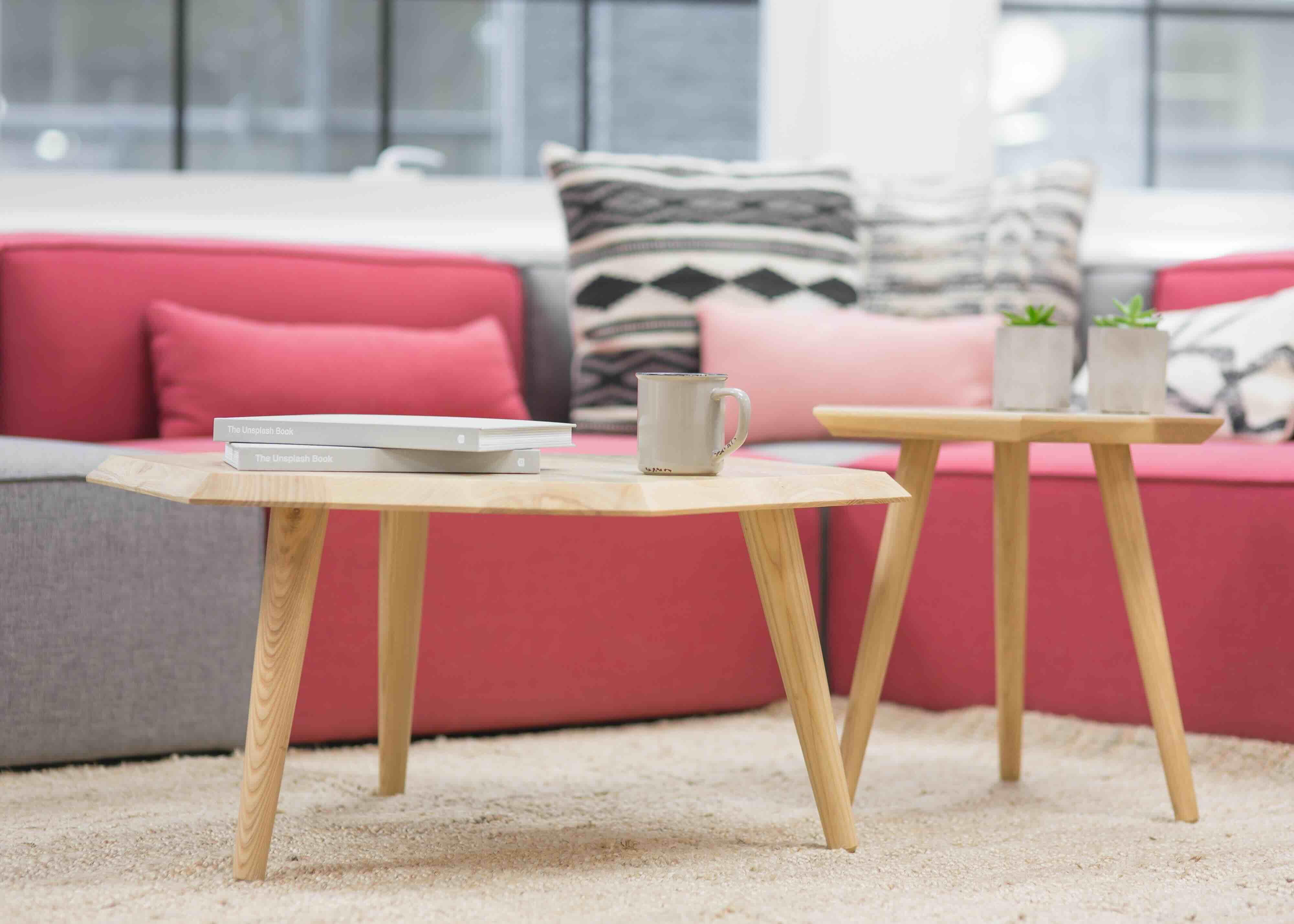
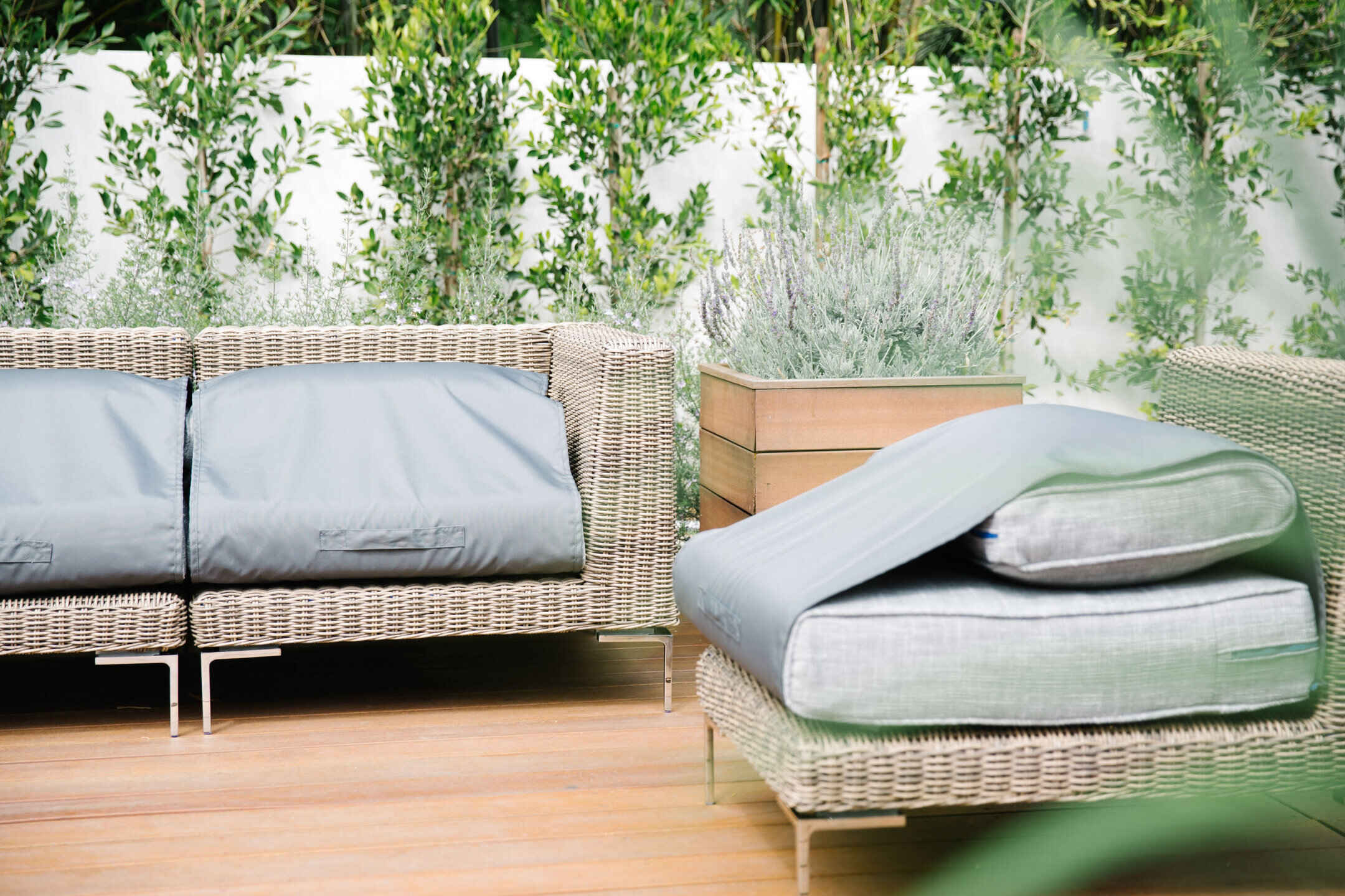
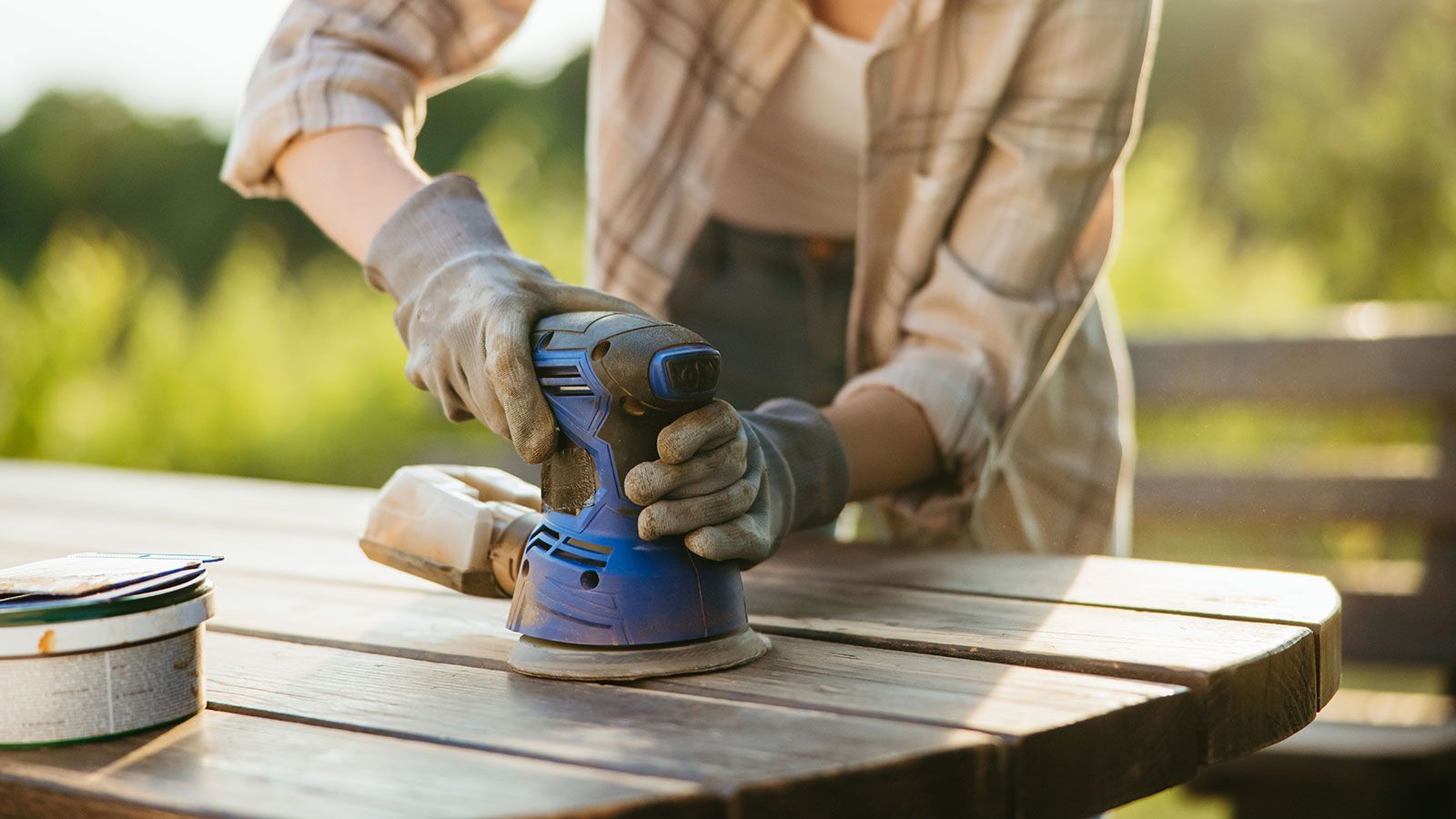
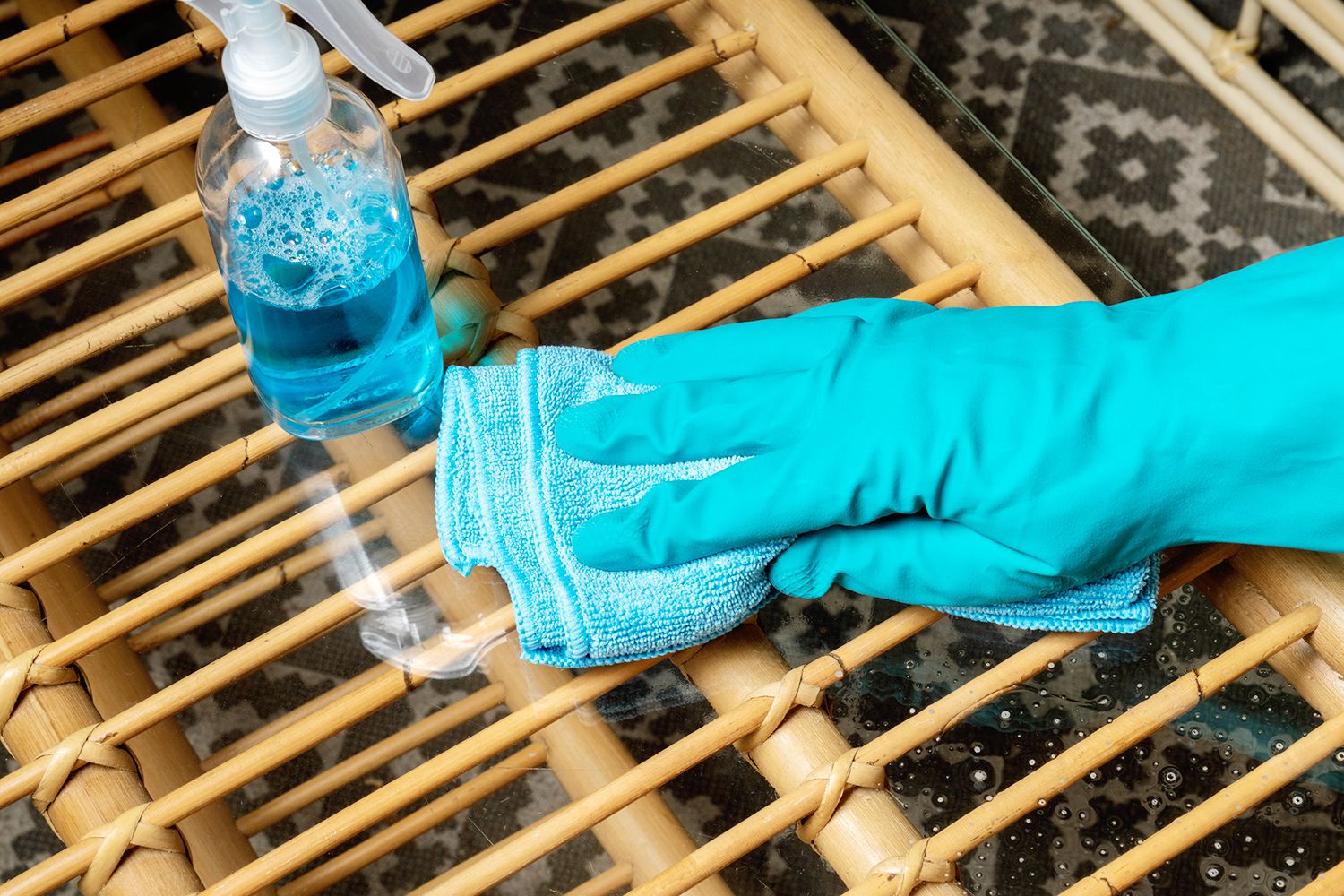
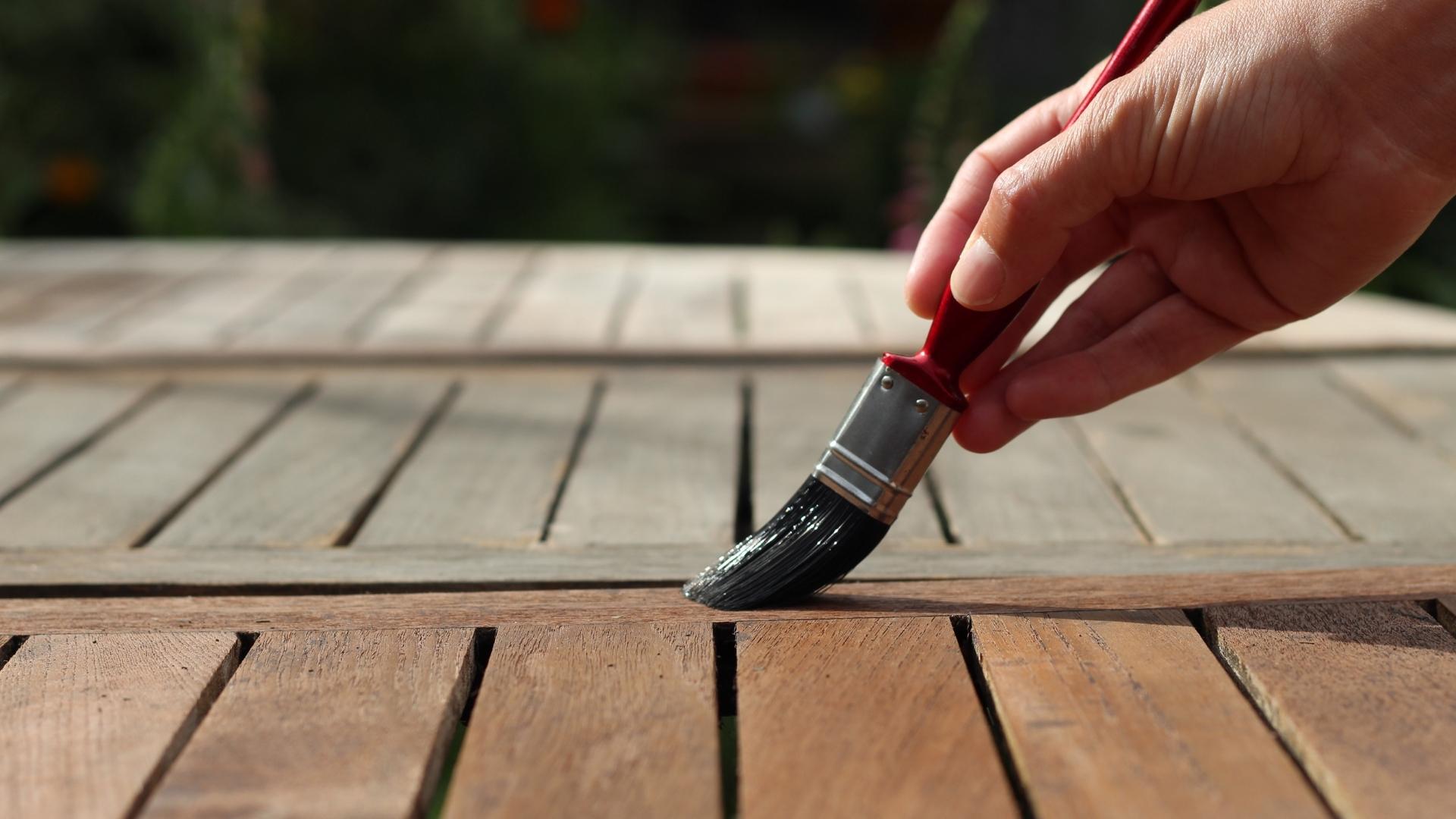
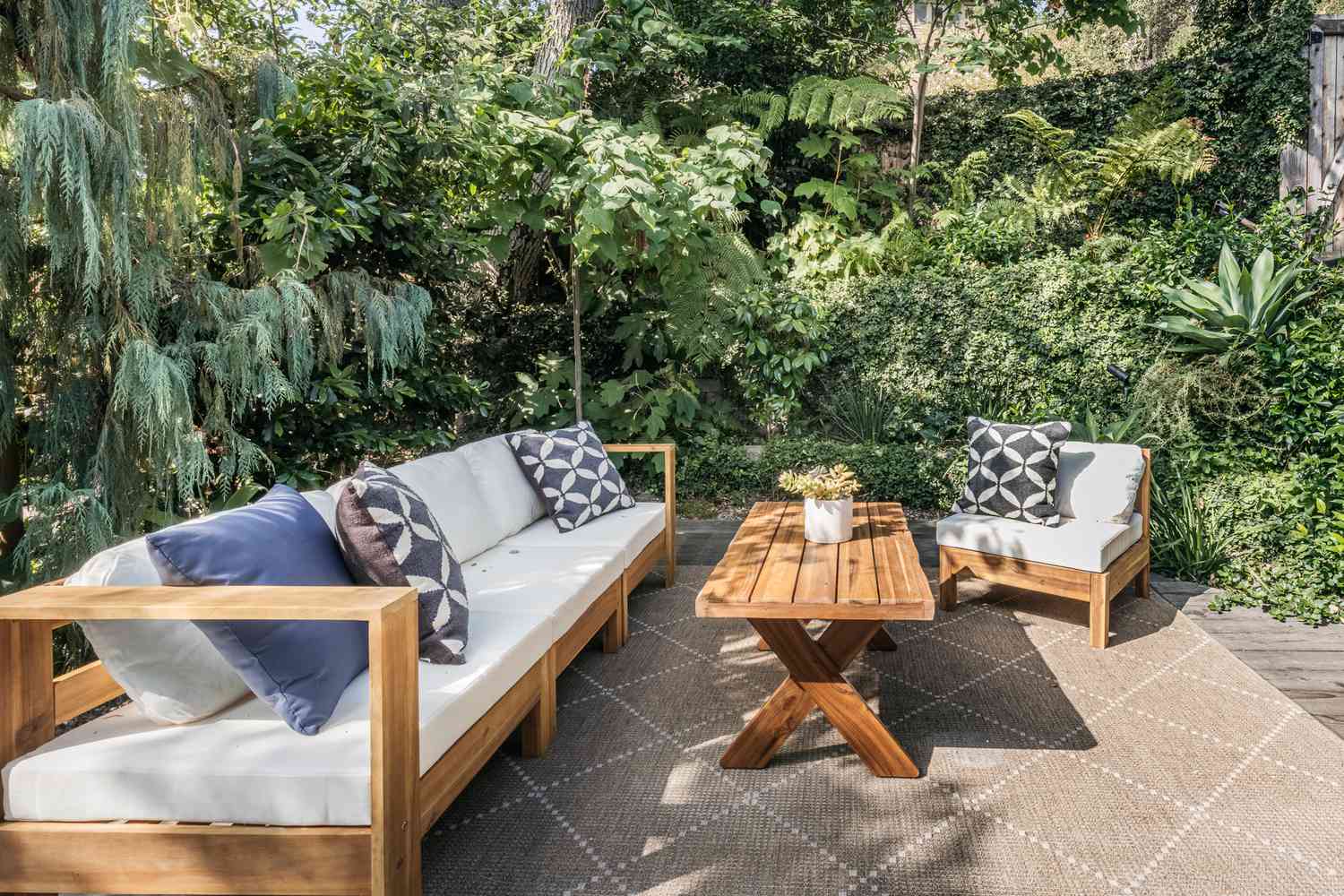
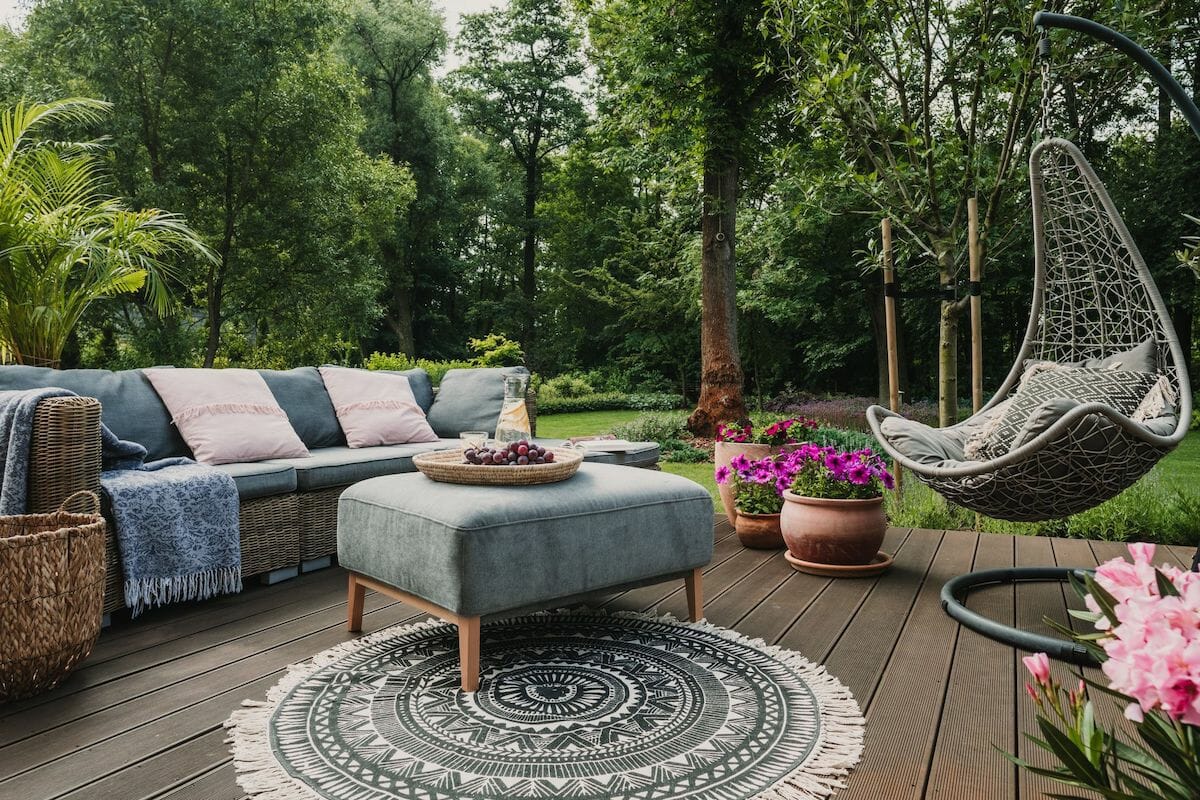
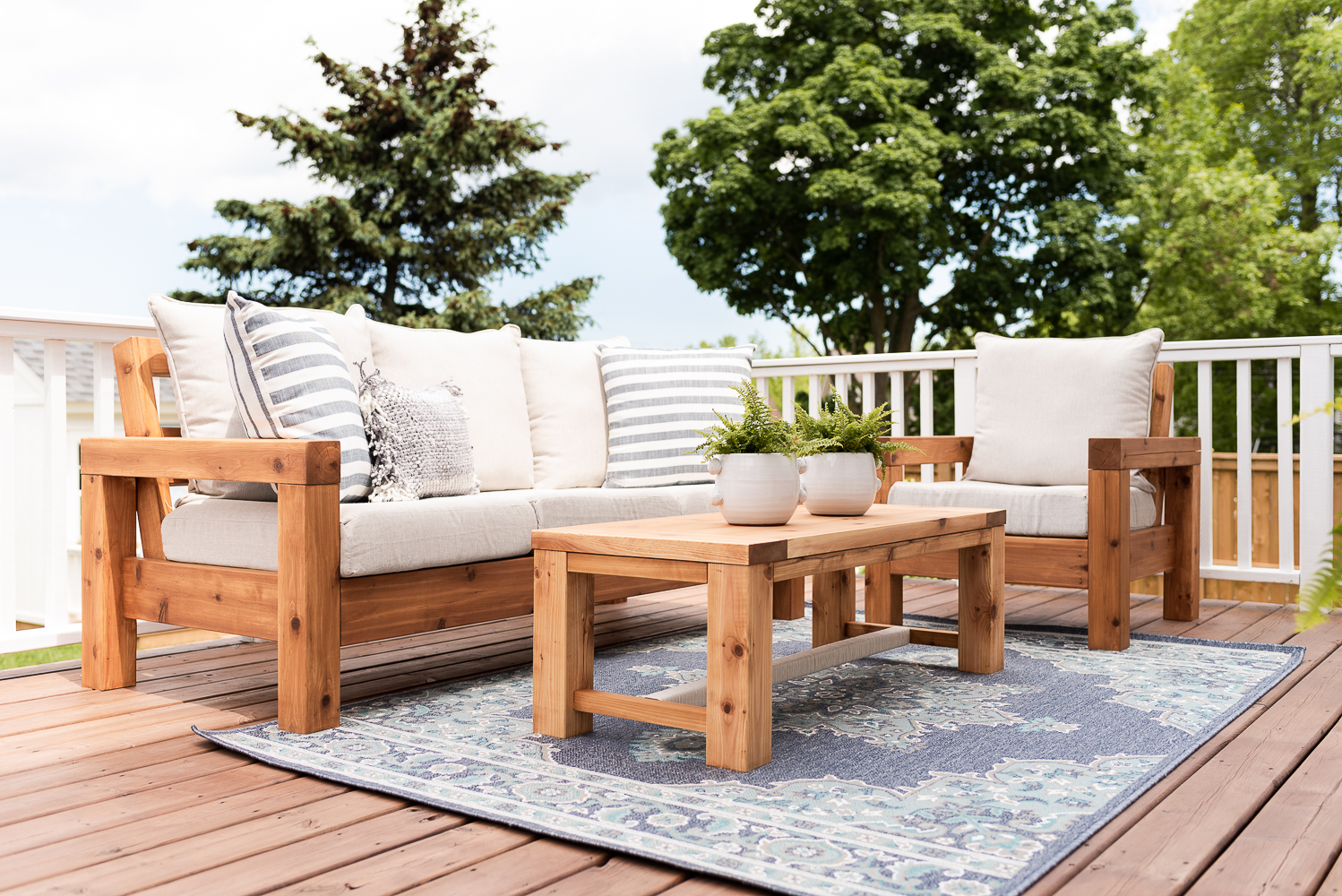
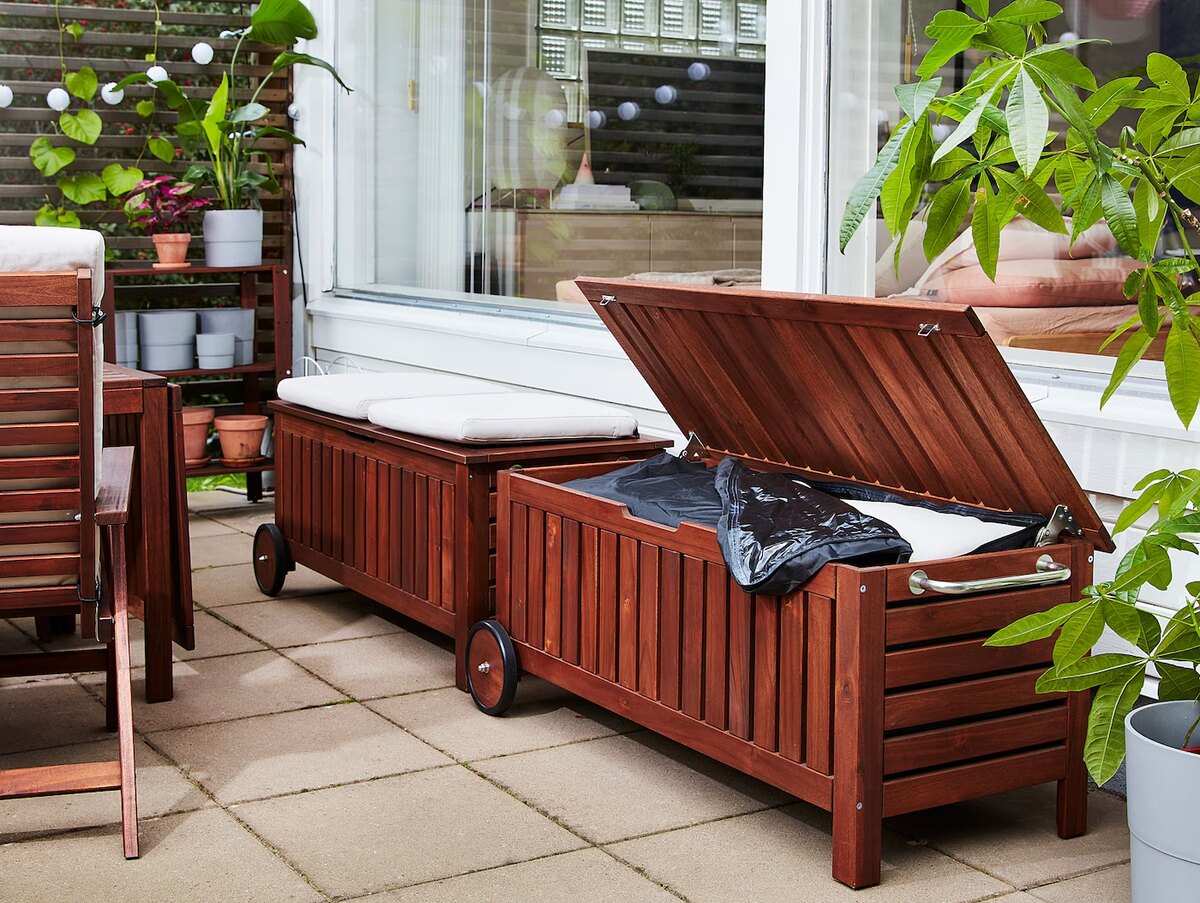
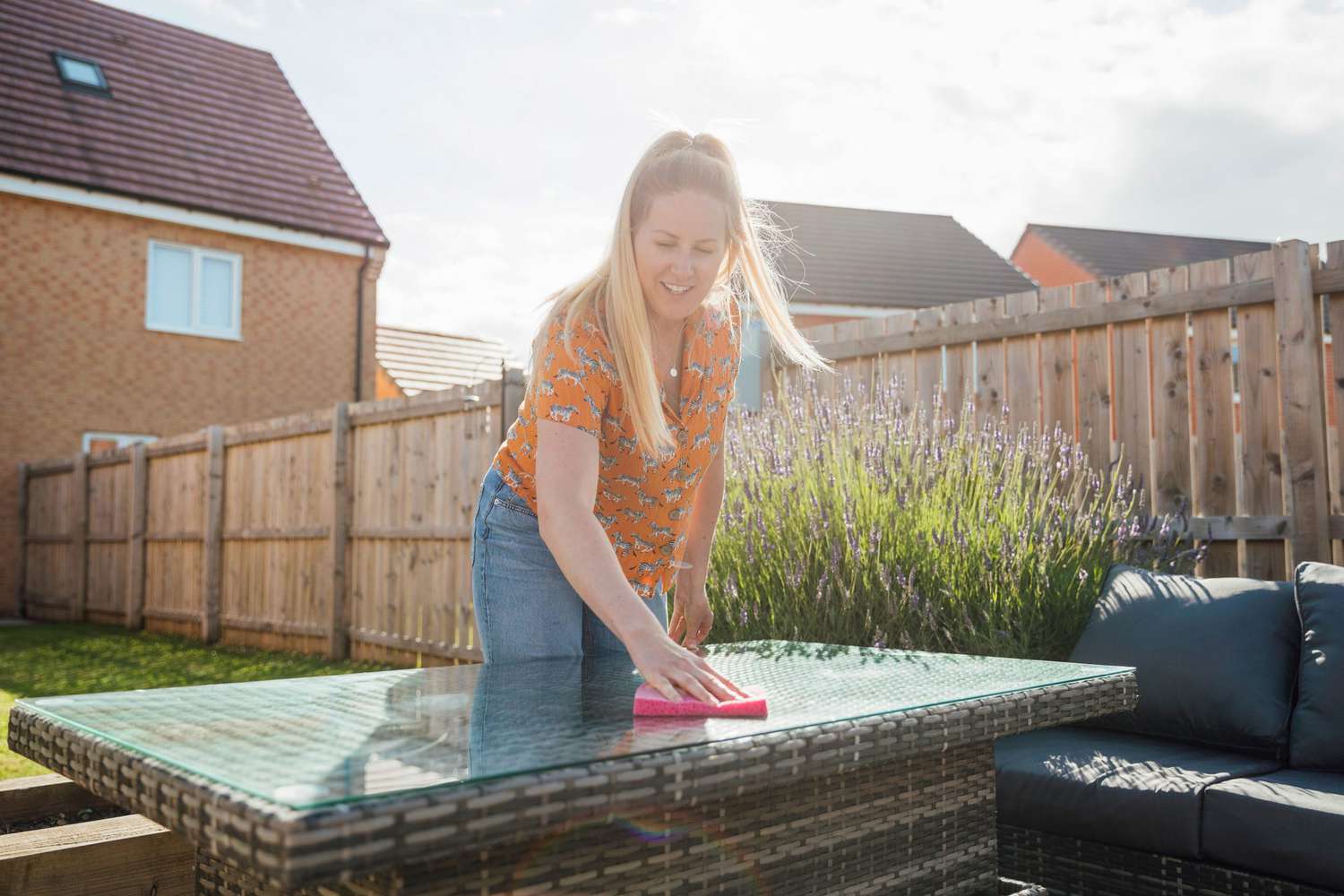
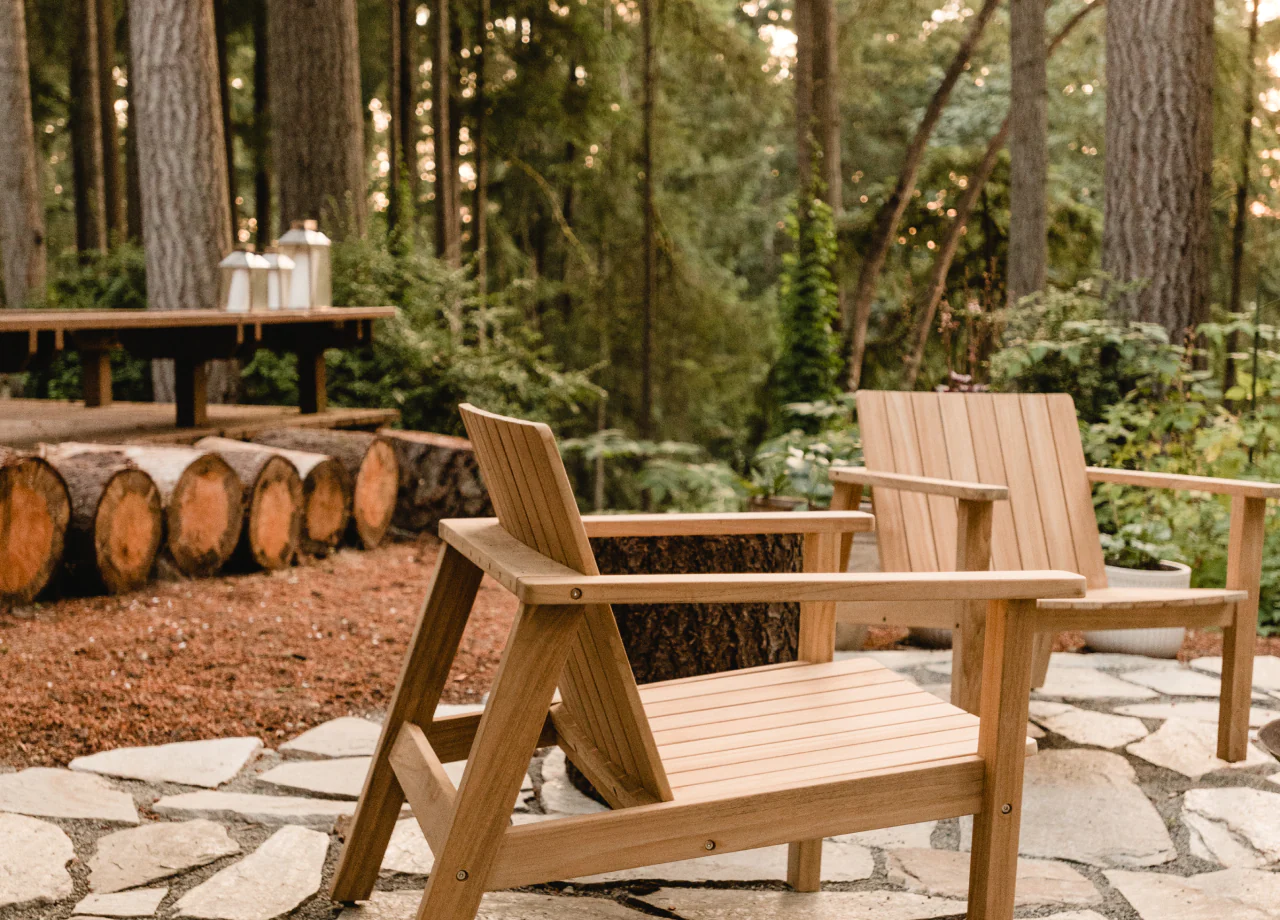
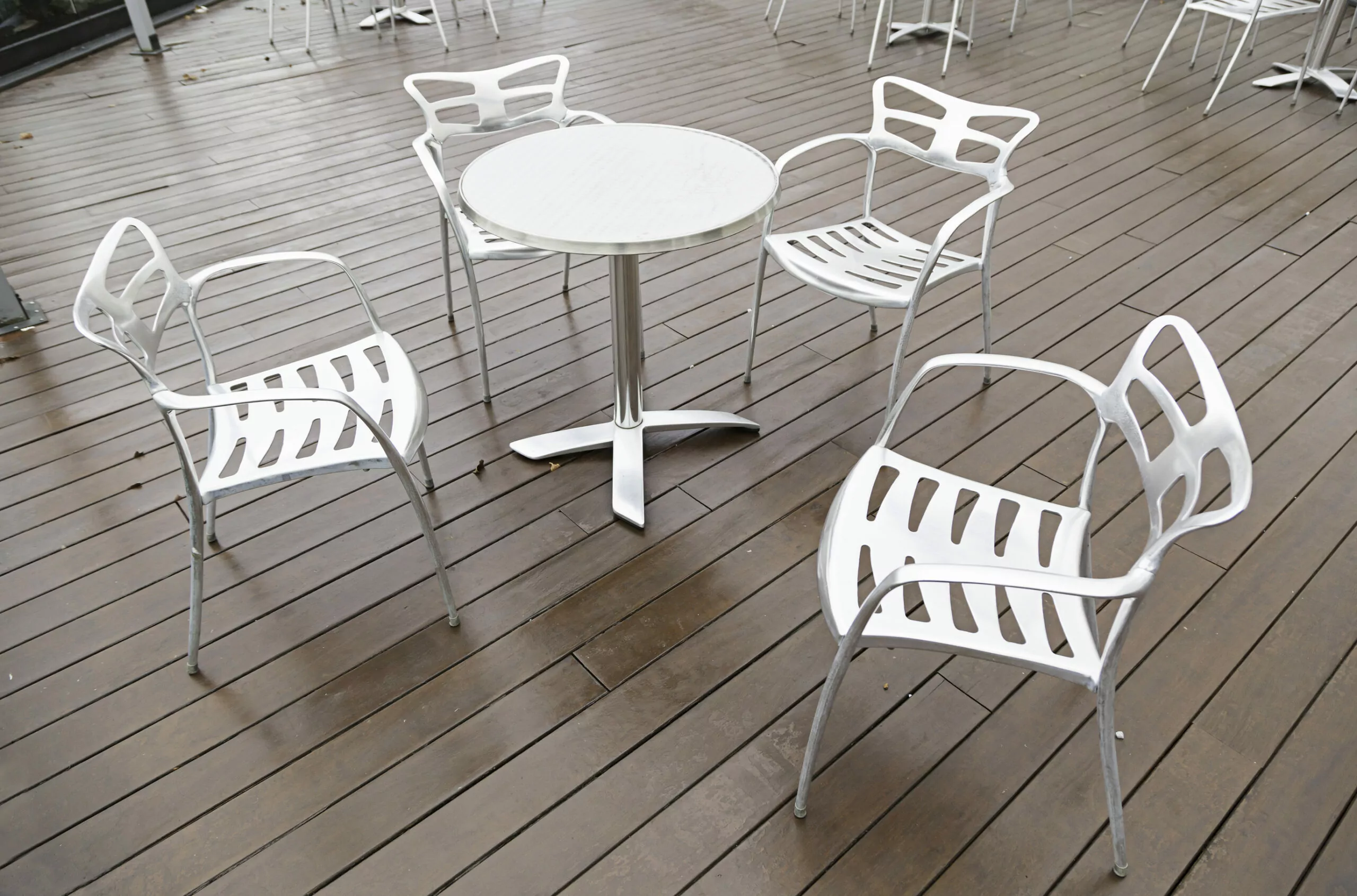

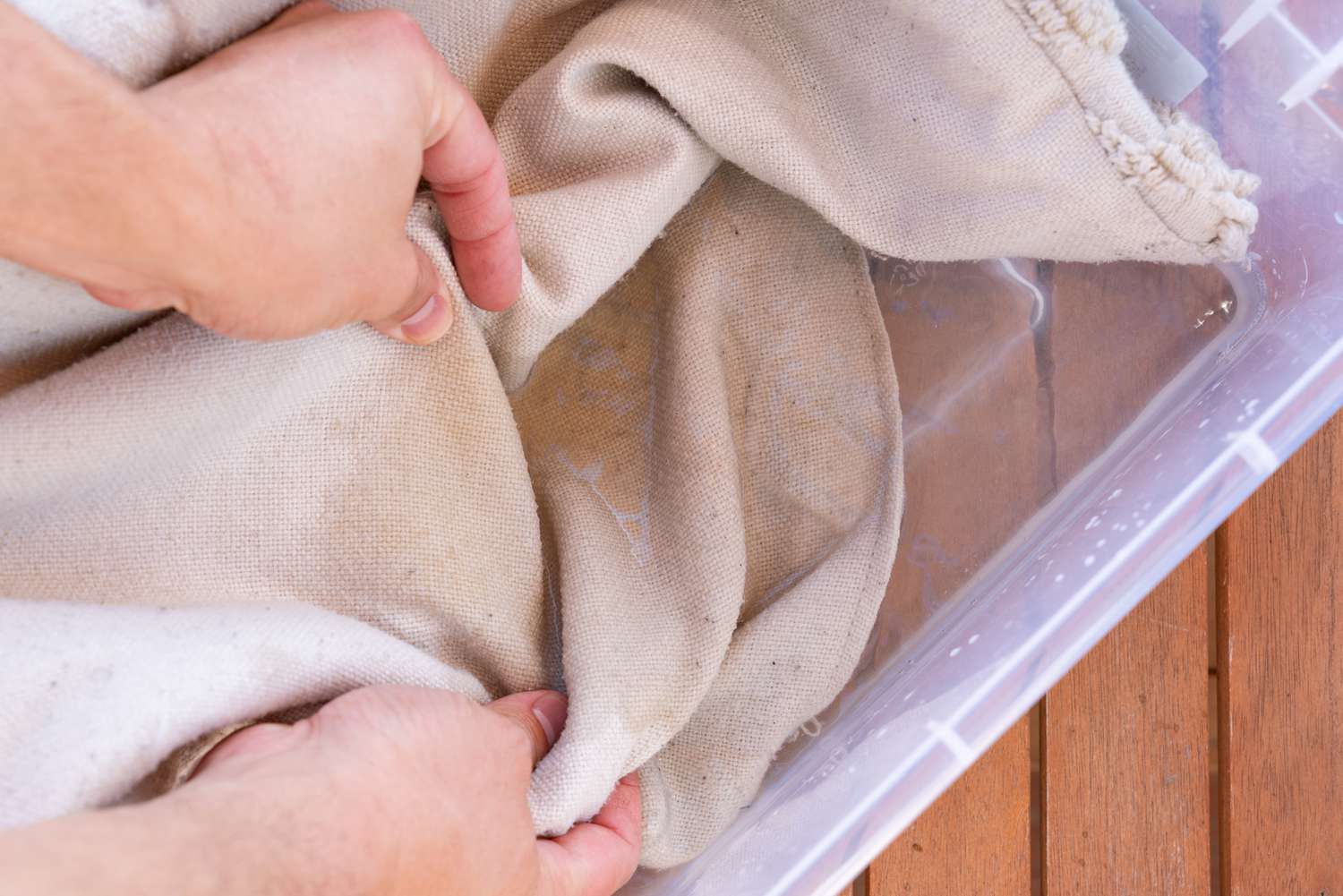

0 thoughts on “How To Fix Outdoor Furniture”